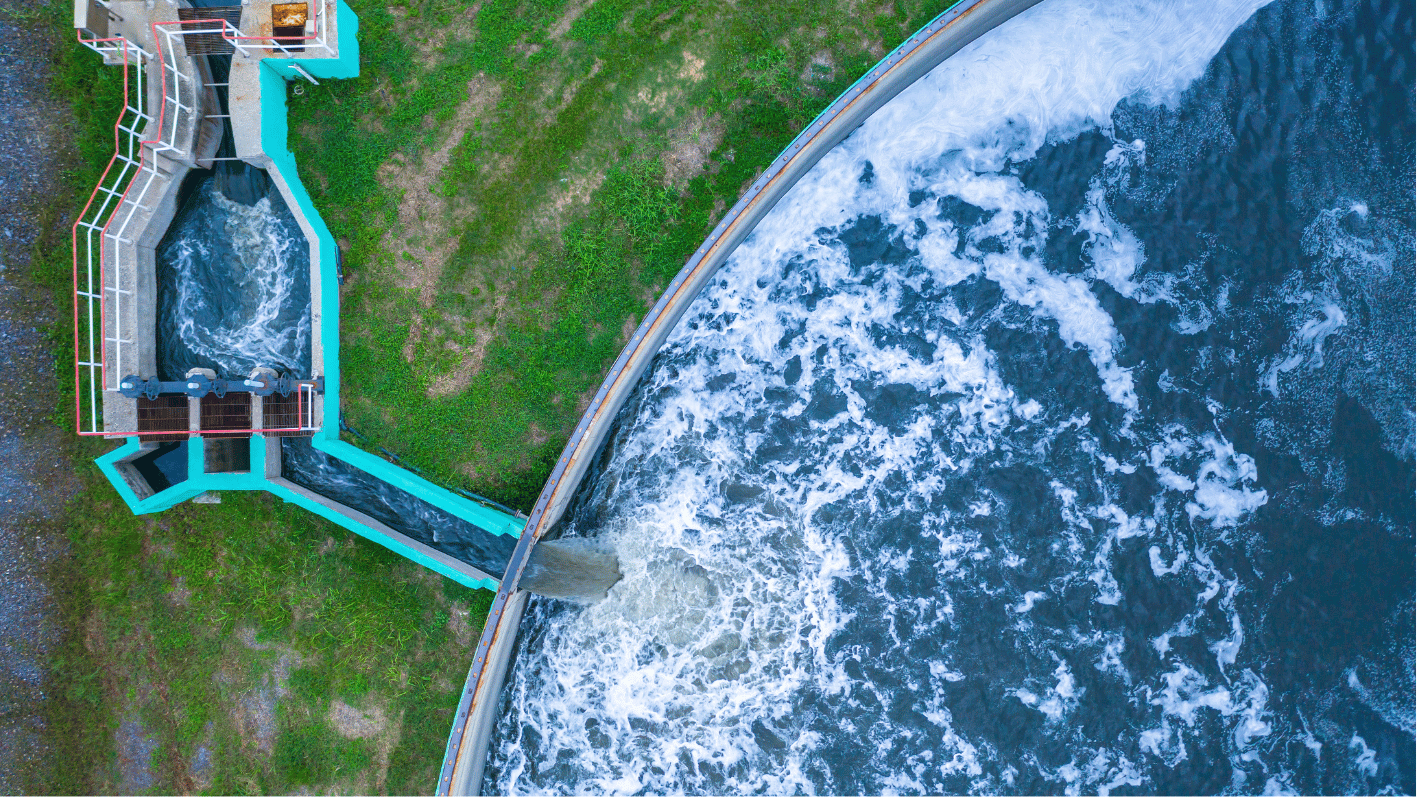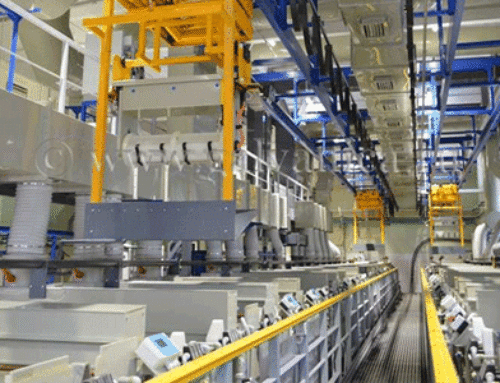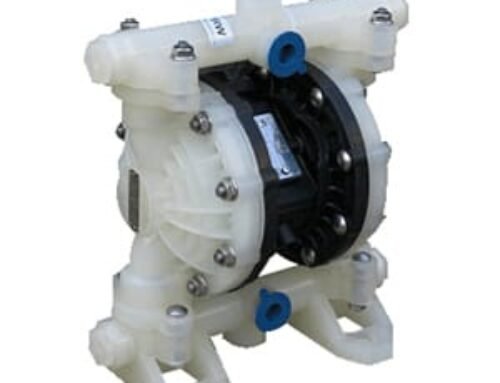Water may appear clear, but it often contains hidden impurities such as bacteria, minerals, organic matter, and pollutants. If left untreated, these contaminants can render water unsafe for drinking, swimming, or industrial use. Water treatment chemicals help solve this problem by purifying water, balancing its chemistry, and protecting the systems that depend on it. To see how they work, let’s look at the main types of chemicals and what they do.
Disinfectants: Eliminating Harmful Microorganisms
One of the biggest concerns with untreated water is microbial contamination. Bacteria, viruses, and protozoa can cause serious illnesses if they are not removed. Disinfectants are chemicals designed to kill or inactivate these pathogens.
The most common disinfectant is chlorine. When added to water, chlorine reacts to form hypochlorous acid, which penetrates cell walls and destroys the microorganisms from within. Chlorine is a powerful and long-lasting agent, which is why it’s widely used in swimming pools and municipal water systems. Alternatives like bromine and ozone are also used, especially in environments where chlorine odor or byproducts need to be minimized.
Coagulants and Flocculants: Clumping Together Impurities
Even clear-looking water can contain tiny suspended particles, such as silt, algae, or organic matter. These particles are often too small to be removed by filters. Coagulants and flocculants solve this problem.
Coagulants, such as aluminum sulfate (alum) or ferric chloride, work by neutralizing the electrical charges on suspended particles, causing them to stick together. Flocculants then help these small clumps join into larger, heavier masses called floc, which settle at the bottom or can be filtered out. This process leaves the water much clearer and cleaner.
This process is crucial in municipal water treatment plants and is also employed in industrial systems that require high-purity water for production.
pH Adjusters: Balancing Acidity and Alkalinity
Water that’s too acidic or too alkaline can cause serious problems. Acidic water corrodes pipes and equipment, while alkaline water leaves scale deposits and interferes with the disinfection process. pH adjusters are chemicals used to bring water into a stable, neutral range.
To raise the pH, chemicals such as sodium hydroxide and sodium carbonate (soda ash) are used. To lower the pH, acidic substances such as sulfuric acid or carbon dioxide are added. Maintaining a balanced pH not only protects pipes and equipment but also enables disinfectants like chlorine to work properly.
Corrosion and Scale Inhibitors: Protecting Infrastructure
Pipes, boilers, and cooling towers are vulnerable to two main enemies: corrosion and scale. Corrosion occurs when metals react with water and oxygen, resulting in the formation of rust and leaks. Scale is the buildup of mineral deposits, often composed of calcium and magnesium, that clog pipes and reduce their efficiency.
To prevent corrosion, chemicals such as phosphates and silicates are added to the water. They create a thin protective layer inside pipes, stopping water from touching the metal directly. Scale inhibitors use other chemicals to stop minerals from turning into solid deposits, so they stay dissolved in the water.
Oxidizers: Breaking Down Contaminants
Oxidizing agents do more than just disinfect water. Chemicals such as hydrogen peroxide, chlorine dioxide, and ozone are strong oxidizers that react with things like organic matter, iron, manganese, and bad smells. By breaking these down, oxidizers make water taste and smell better and improve its overall quality.
This makes them popular in both drinking water systems and industrial applications, where clean water is essential for product quality.
Specialty Chemicals for Industry
Different industries need specific solutions. For example, food processing uses biocides to control microbes in cooling systems. Power plants use antifoaming agents to stop bubbles from affecting boilers. Swimming pools use stabilizers like cyanuric acid to help chlorine last longer in sunlight. Each specialty chemical is made to work best in certain situations.
Environmental Considerations
While water treatment chemicals are essential, they must be used responsibly. Overdosing can create harmful byproducts, while underdosing leaves water untreated. Modern treatment plants carefully monitor chemical dosages with automated systems to strike the right balance. Increasingly, industries are also exploring eco-friendly alternatives, such as plant-based coagulants and advanced filtration systems, to reduce their reliance on chemicals.
We might not be able to see water treatment chemicals, but they make a big difference. Chlorine kills bacteria, and coagulants clear up muddy water, helping turn raw water into something safe to use. By using these chemicals to balance, protect, and clean water, we make sure it’s safe and reliable for our homes, pools, and industries. Knowing how they work helps us appreciate the careful science behind every drop we use.





Leave A Comment